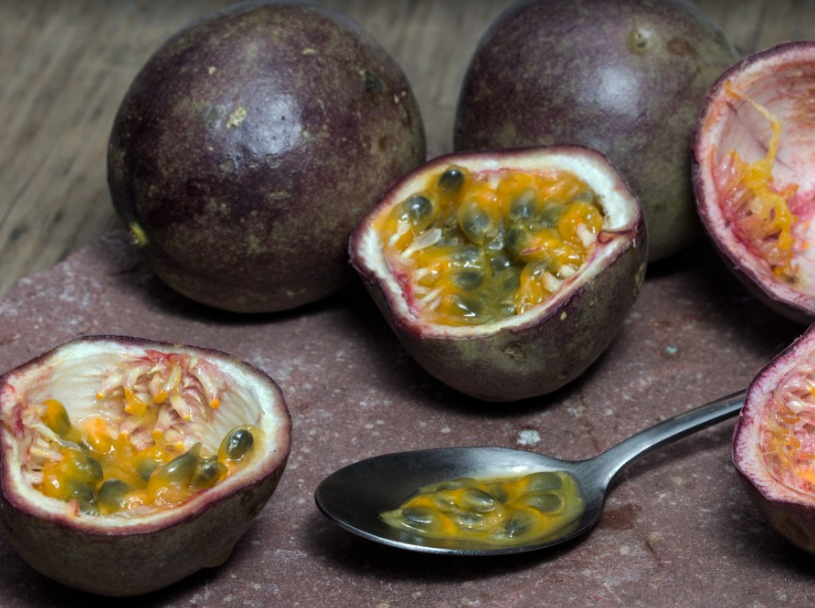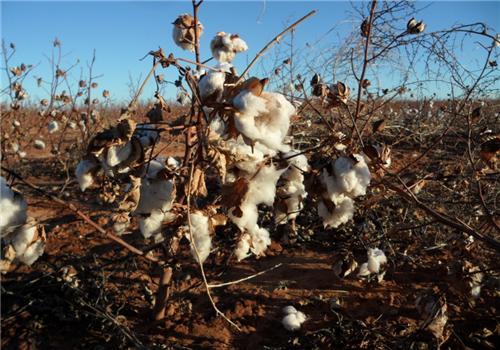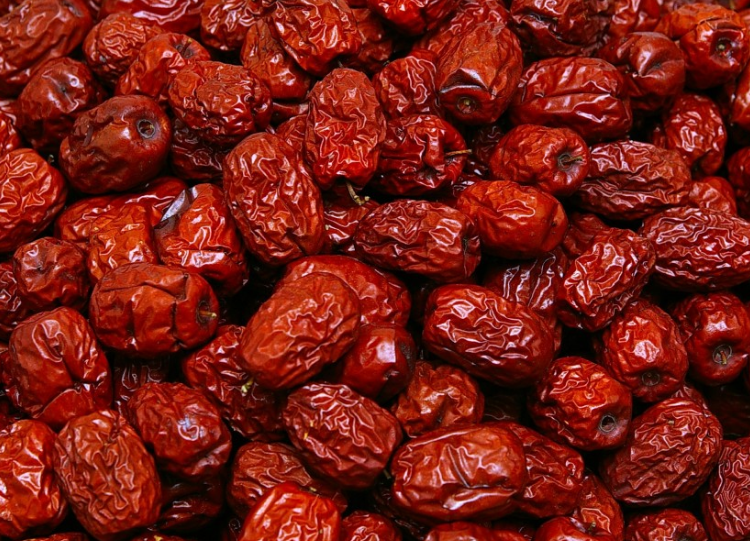Do you know the nine techniques of passion fruit bonsai cultivation? How to spend the winter? (with nutritional value)
Passion fruit is a kind of tropical fruit. After it was introduced and cultivated in China, it is mainly distributed in the warm and humid areas of the south, and family potted plants are also common. What are the nine techniques of passion fruit bonsai cultivation? How to spend the winter? What are the nutritional values?
What are the nine techniques of bonsai cultivation?
1. Select containers
Tile pots, pottery pots, purple sand pots, wooden pots, plastic flowerpots, etc., should be selected according to their own conditions. Potted passion fruit can be planted in a container with a diameter of about 20-25cm in the first year.
2. Preparation of basin soil
A, basin soil requirements
Select a wide range of sources, low cost, disease and insect-free, pollution-free culture materials, such as rotten leaf soil, peat soil, pastoral soil, sand, etc., the soil is required to be loose, fertile, rich in organic matter and calcium
B. Preparation and disinfection of potted soil
The formula is as follows: 4 parts of ① rotten leaf soil, 3 parts of garden soil, 3 parts of coarse sand, 0.5 parts of bone powder, 7 parts of ② pastoral soil, 2 parts of coarse sand, 1 part of expanded chicken manure and 0.5 part of bone powder. After stirring these ingredients evenly, spray them evenly with 0.1% formalin solution, then seal and fumigate with plastic film for one day and night, wait for the next day to remove the film and dry it for 3-4 days.
3. Seed selection
In the fruit ripening period, the fruits with complete maturity, large fruit, juicy, thin skin and free of diseases and insect pests were selected from the excellent mother plant, and the seedling time was generally from September to May of the second year.
4. Seed germination treatment.
After soaking the seeds in water for 2 ~ 3 days, the outer colloid of the seeds was washed by hand, and the seeds could be sown after 20 ~ 30 minutes with 10 ~ 15 grams of carbendazim or methyl topiramate per kilogram. When sowing, spread the seeds evenly on the seedling bed, cover a layer of 1-2 cm of fine river sand, and water after sowing.
5. Transplant into the pot
Before transplanting, the seedlings should be watered thoroughly to make it easy to rise the seedlings, and pay attention to maintain the root system; the transplanting depth is that the seedlings are in the budding depth; the seedlings should be planted as soon as they are taken; and the fixed root water should be irrigated after transplanting.
6. Change the soil
After growing in the basin for 1-2 years, due to the gradual decrease of nutrients in the basin soil, it is necessary to replace the large basin or basin soil, or the basin soil needs to be replaced. Part of the withered roots should be cut off when changing the basin or soil, and water immediately after changing the soil.

7. Fertilization
From the seedling height about 20cm, apply cake fertilizer and water every 7-10 days, until the end of September. For those that have borne fruit, it is best to apply it every 5 days in order to ensure the development of the fruit. After the fruit is harvested and then applied according to the potted seedlings, it should be noted that enough water should be watered after fertilization. At the same time, foliar fertilization can also be carried out, and the specific operation is as follows: 0.1%-0.3% urea solution is sprayed 2-3 times in the early stage of passion fruit growth; starting from the fruit expansion period, 0.3% potassium dihydrogen phosphate solution can be sprayed 3-4 times every 7-10 days.
8. Watering
The most suitable watering time for passion fruit potted plants is before 10:00 and after 4 p.m., and the watering times are determined according to the seasonal weather conditions. Generally, they are watered every 2-3 days in early spring, and can be watered once every 1-2 days with the increase of temperature. When the temperature gradually decreases in autumn, the watering times should be reduced and the basin soil should be moist.
9. Disease control
Potted passion fruit has less insect pests, focusing on diseases, such as downy mildew, white rot, anthracnose, black pox and so on. Stone sulfur mixture with 3-5 Baume degrees can be sprayed in the dormant period of passion fruit, and Bordeaux solution of 0.515 Bordeaux or 500 times compound carbendazim solution can be sprayed every 10-15 days after germination.
Second, how to plant passion fruit in pot for the winter?
1. Temperature: anti-freezing in winter is very important.
The optimum growth temperature of passion fruit is 20-30 ℃. If it is-2 ℃, it will be seriously damaged by freezing. It is best to plant it in areas where the lowest temperature in winter is not lower than 0 ℃, or pay attention to take measures to keep warm.
2. Anti-freezing measures:
Potted passion fruit can be sprinkled with lime, covered with plastic film and weeds for heat preservation and anti-freezing, or it can be pruned in winter. Note that passion fruit does not need to be pruned in the first and second year, but can be cut off in the third year, leaving three sturdy branches of about 2 meters to sprout new branches, or they can not be cut and cut again when the temperature is below zero. Passion fruit can also be the root and mud, the main stem and 1/3 main vine wrapped in plastic sheeting, less watering in winter, no dry no watering, you can spend the winter.
[tips] it is only suitable for passion fruit to grow in the south where there is no snow in our country. If you want to plant passion fruit to the north, you can only plant it in the greenhouse, otherwise it will not be safe to winter in the event of snow. Those with low temperatures in the south can survive the winter safely as long as they follow the above anti-freezing measures.
When will passion fruit ripen?
Passion fruit because of its pulp can exude banana, pineapple, strawberry, litchi, lemon, mango, sour plum and other fruits and other rich aroma. In foreign countries, passion fruit also has "king of fruit juice", "cash cow" and other laudatory names. Passion fruit can be eaten raw or used as vegetable or feed. The medicine has the effect of excitement and strength. The pulp is juicy and can be made into fragrant and delicious drinks by adding calcium bicarbonate and sugar.
Passion fruit ripens after the end of July and tastes best from September to October. Some experts suggest that it is harmless to eat three medium-sized flowers and fruits a day. Passion fruit has the functions of anti-inflammation and relieving pain, promoting blood circulation and strengthening the body, reducing fat and blood pressure, nourishing yin and kidney, refreshing and sobering up, eliminating fatigue, detoxification and beauty, pregnancy can enhance immunity and other spirit health effects.
What is the nutritional value of passion fruit?
Passion fruit, also known as egg fruit or pomegranate, passionflower, etc., mainly originated in the tropical regions of America. Passion fruit is the fruit of the herbaceous vine of passionflower family. It is mainly divided into purple fruit and yellow fruit. It is a kind of fruit fed by juice.
Passion fruit pulp is rich in fruit juice, fully ripe passion fruit contains juice or more than 30%, and its juice color looks very bright. What is more amazing about passion fruit juice is that it not only has a strong fruit flavor, but also integrates banana, pineapple, strawberry, litchi, lemon, mango, sour plum and other fruits. Therefore, passion fruit is also known as "king of fruit juice" and "cash cow" abroad.
Passion fruit can be eaten directly as a fruit, can be made into a dish as a vegetable, or can be used as medicine for some patients. We can also use passion fruit to make sherbet, ice cream, jam, jelly, fruit wine and other drinks or food. Adding passion fruit juice to other drinks can also improve the quality of the beverage.
Passion fruit in medicine has the effect of calming the mind, promoting blood circulation and relieving pain, astringent intestines and diarrhea. It can be used for the treatment of deficiency of heart blood, insomnia, palpitation and palpitation, as well as weakness of spleen and stomach, chronic diarrhea, warm pain, diarrhea and other diseases. it can also be used for the treatment of irregular menstruation, dysmenorrhea, dysmenorrhea and dysmenorrhea caused by blood block.
Time: 2019-03-14 Click:
- Prev

* * Cotton acreage accounts for 80% of the country, come and see how they achieve high yield?
The total cotton output has ranked first in the country for more than 20 years in a row. The reporter learned from the Academy of Agricultural Sciences that the planting area of cotton reached more than 37 million mu in 2018, accounting for 80% of the country's cotton planting area.
- Next

What are the effects and effects of golden jujube? What's the difference between red jujube and red jujube? (with bonsai cultivation techniques)
Golden jujube is a fine product of jujube, it has a thick core, small meat, golden silk, sweet taste, rich nutrition, especially high vitamin content, people can tonify blood and beauty after eating.
Related
- Fuxing push coffee new agricultural production and marketing class: lack of small-scale processing plants
- Jujube rice field leisure farm deep ploughing Yilan for five years to create a space for organic food and play
- Nongyu Farm-A trial of organic papaya for brave women with advanced technology
- Four points for attention in the prevention and control of diseases and insect pests of edible fungi
- How to add nutrient solution to Edible Fungi
- Is there any good way to control edible fungus mites?
- Open Inoculation Technology of Edible Fungi
- Is there any clever way to use fertilizer for edible fungus in winter?
- What agents are used to kill the pathogens of edible fungi in the mushroom shed?
- Rapid drying of Edible Fungi

